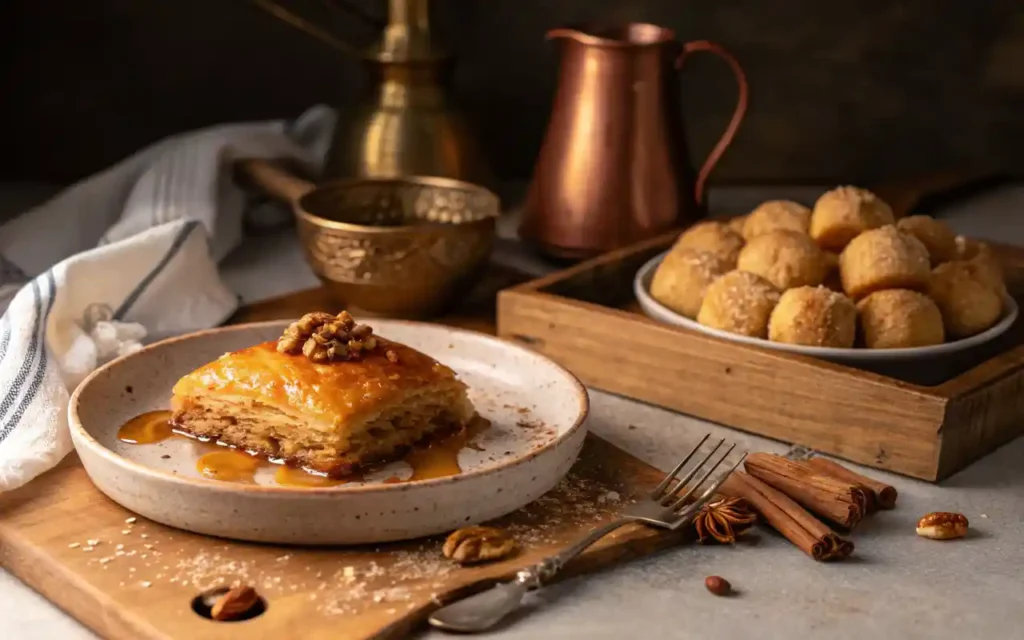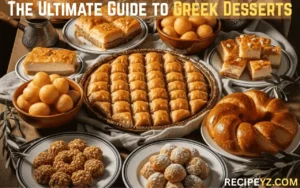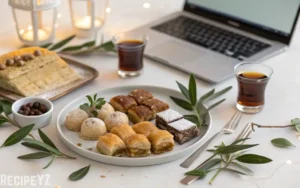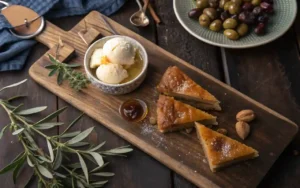Few food styles are as tightly connected to its desserts like Greek food. The desserts in Greece don’t just provide a satisfying snack, they are a symbol of hospitality, religious traditions and the family’s tradition. Some of the more well-known examples — Baklava as well as loukoumades–capture the essence of Greek dessert tradition.
This article examines the reasons the reasons why these desserts are timeless and how they’re created, and the ways they continue to be sweet on Greek tables to this day.
Why Classic Desserts Define Greek Cuisine
Greek desserts aren’t only “after dinner” bites. They’re a the centerpiece of holiday celebrations or religious ceremonies, as well as family gatherings. With ingredients such as filo dough, honey cinnamon and nuts, the classic Greek sweets combine simplicity with extravagantness. They also represent the spirit of philoxenia–the Greek way of giving back to others in a spirit of generosity.
The Essential Role of Baklava
Key Ingredients and Techniques
Baklava is possibly the most famous Greek dessert. Made up of a myriad of layers of filo dough and butter, spiced nuts as well as syrup. It provides an incredibly crunchy and syrup-soaked bite that has a distinct taste and texture.
Common ingredients include:
- Filo pastry
- Ground walnuts or pistachios
- Cinnamon and clove
- Melted butter
- Honey-lemon syrup
The process involves laying filo, smear each one with butter, then adding nuts to the pastry and baking until golden followed by pouring syrup warm on top of the pastry that has been cooled.
Dive into our detailed step-by-step recipe to create perfect Greek baklava at home.
Loukoumades: Greece’s Sweet Street Food
How They’re Made and Served
Loukoumades are crispy, golden dough balls deep-fried and coated in honey syrup. Dating back to ancient Olympic times, they’re often called “Greek donuts.”
They’re made from a yeast-based dough, proofed until airy, then dropped into hot oil and fried until puffed. Afterward, they’re bathed in honey and topped with cinnamon or crushed nuts.
Learn the origins and method behind this beloved treat in our full loukoumades guide.
Comparing Flavors and Textures
- Baklava Baklava is a dense and thick, as well as very nutty, with a strong syrup flavor
- Loukoumades They are aerating with a crisp exterior, yet soft inside and mildly spiced
- Both are extremely sweet, but have distinct eating experiences. One is formal and refined while the other is informal and fun
Classic Dessert Pairings and Occasions
- Serve Baklava along with a the strong Greek espresso or sweet wines at the end of dinner.
- Serve loukoumades during fairs, festivals or as a light dessert to serve at gatherings
- Both are served on major holidays, including weddings and Easter.
Ready to dive deeper into Greece’s dessert traditions? Explore custard-based pies, vegan desserts as well as festive cookies and regional specialties in our complete Greek Dessert Guide.





1 thought on “Classic Greek desserts to bring fresh joy to the table”
Comments are closed.